Pangea
"Fascinating poisonous creatures"
The inside of our volcano is an exceptional exhibit of creatures using poisons to capture their prey or camouflage to avoid being eaten by predators.
Tarantulas, scorpions and poisonous lizards await you, along with the deadliest snakes on the planet and many masters in the art of camouflage such as the moss Snake, the albino rattlesnake or the leaf frog.
Observe our expert herpetologists feeding and caring for them.
Tarantulas, scorpions and poisonous lizards await you, along with the deadliest snakes on the planet and many masters in the art of camouflage such as the moss Snake, the albino rattlesnake or the leaf frog.
Observe our expert herpetologists feeding and caring for them.
CR
Critically Endangered
EN
Endangered species
NT
Near Threatened
VU
Vulnerable
NA
Unthreatened
The Americas
"Predators and Prey"
Our Central American rainforest houses a huge aviary amidst the ruins of an ancient Mayan temple. You’ll love discovering the colourful birds watching you from the trees: chachalacas, toucans, oropendolas, parakeets, macaws and more.
The trail of the Capuchin monkeys, ocelots, peccaries and capybaras (the largest rodent in the world!) takes you to one of the world’s most fascinating predators: the jaguar. The llamas, goats and other animals share the farm in perfect harmony with visitors.
The trail of the Capuchin monkeys, ocelots, peccaries and capybaras (the largest rodent in the world!) takes you to one of the world’s most fascinating predators: the jaguar. The llamas, goats and other animals share the farm in perfect harmony with visitors.
CR
Critically Endangered
EN
Endangered species
NT
Near Threatened
VU
Vulnerable
NA
Unthreatened
Asia
"Temple of Animal Conservation"
Impressive Indian elephants co-exist in the meadows with Barasingha swamp deer and spotted axis deer. An pioneering experience of social enrichment in Europe.
The Cat Temple is home to tigers, Asian lions and black panthers: the largest predators of southeast Asia. The monsoon meadow also has Sambar deer, several varieties of Indian antelope, and Indian herbivores.
From there you’ll see the family of Siamese monkeys and the imposing Indian rhinoceros.
The Cat Temple is home to tigers, Asian lions and black panthers: the largest predators of southeast Asia. The monsoon meadow also has Sambar deer, several varieties of Indian antelope, and Indian herbivores.
From there you’ll see the family of Siamese monkeys and the imposing Indian rhinoceros.
CR
Critically Endangered
EN
Endangered species
NT
Near Threatened
VU
Vulnerable
NA
Unthreatened


